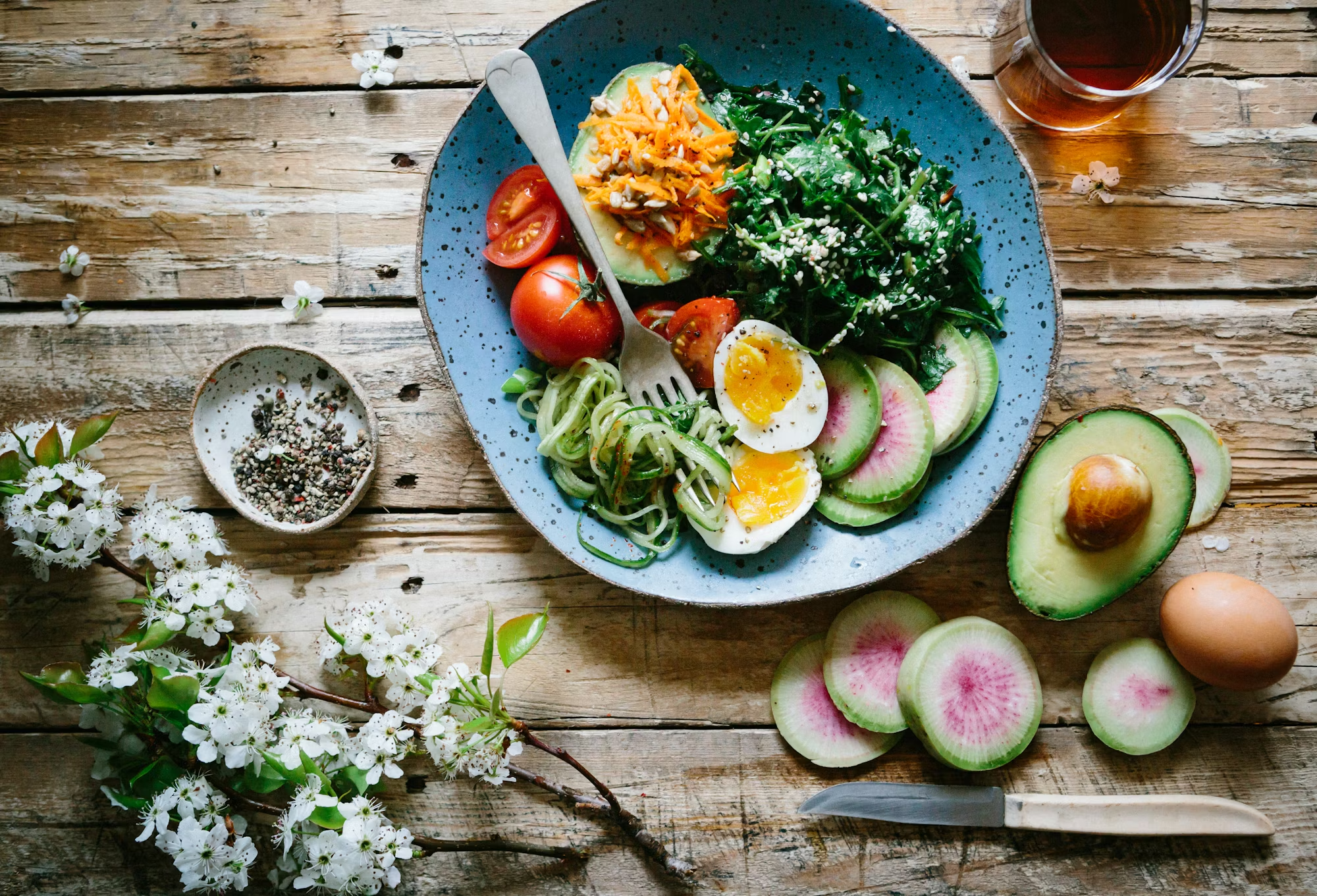Cafés serve as cultural touchstones around the world, reflecting local customs, tastes, and social dynamics. Each type of café offers a unique experience, contributing to the rich tapestry of coffee culture. From the bustling streets of Paris to the serene corners of Kyoto, cafés invite patrons to indulge in coffee, cuisine, and camaraderie. This article will take you on a journey through various types of cafés, examining how they embody the spirit of their locales and foster community connections.
In many Western countries, the coffee shop is a familiar sight, serving as a social hub for individuals and groups. Coffee shops typically focus on a diverse array of coffee beverages, from robust espressos to creamy lattes and innovative cold brews. The atmosphere in these establishments often combines comfort and creativity, with cozy seating arrangements, free Wi-Fi, and local artwork adorning the walls. This inviting environment encourages patrons to linger, whether they are catching up with friends, studying, or simply enjoying a moment of solitude with a book.
Many coffee shops enhance their offerings with an assortment of pastries, sandwiches, and light meals, creating a delightful culinary experience. The synergy of coffee and food not only enriches the palate but also encourages social interactions among patrons. This communal aspect of coffee drinking is integral to the café culture, where conversations flow as freely as the coffee.
Moving beyond traditional coffee shops, we encounter bakery cafés that charm patrons with their focus on freshly baked goods. The enticing aroma of warm bread, flaky pastries, and sweet desserts greets customers as they enter, creating an irresistible allure. Bakery cafés provide a cozy atmosphere that fosters a sense of community, making them popular spots for breakfast, brunch, or afternoon tea.
The menu in a bakery café often includes a range of sweet and savory items, ensuring there’s something for everyone. Many of these cafés also emphasize locally sourced ingredients, supporting regional farmers while creating delicious, wholesome treats. Some even offer baking classes, inviting patrons to engage with the culinary arts and build connections with fellow baking enthusiasts. This blend of food, community, and creativity elevates the café experience and cultivates lasting memories.
In the digital age, internet cafés have emerged as vital spaces for productivity and connection. These establishments provide patrons with access to computers and high-speed internet, making them popular among students, freelancers, and anyone seeking a productive environment. The atmosphere in an internet café balances work and relaxation, as patrons focus on their tasks while enjoying coffee or light snacks.
Internet cafés often foster social interactions, where patrons engage in discussions about technology, gaming, or their shared interests. Some cafés host coding workshops or gaming tournaments, promoting a sense of community among those who frequent them. The blend of productivity and leisure transforms internet cafés into lively hubs of creativity and collaboration.
For literature lovers, book cafés offer a tranquil refuge filled with shelves of books and cozy reading nooks. These establishments provide a serene atmosphere that encourages patrons to curl up with a good book while sipping their favorite drink. The blend of literature and coffee creates an enriching environment where deep conversations about books and ideas can flourish.
Book cafés frequently host events such as author readings, book signings, and poetry nights, creating opportunities for patrons to engage with literature and with each other. These gatherings foster a sense of community among book lovers, allowing them to share recommendations and connect over their mutual interests. The experience of enjoying a good book in a cozy café setting creates lasting memories that resonate with patrons long after they leave.
In the realm of artistic expression, art cafés shine by showcasing local artists and their works. These vibrant spaces often feature rotating exhibits of paintings, sculptures, and multimedia art, creating a visually stimulating environment. Patrons can enjoy their food and drinks while surrounded by creativity, making each visit an inspiring experience.
Art cafés frequently host workshops, art classes, and community events, encouraging patrons to participate in the creative process. This collaborative spirit fosters connections among artists, art enthusiasts, and casual visitors, transforming art cafés into dynamic spaces that celebrate creativity and community engagement. The blend of art and coffee creates a unique atmosphere where inspiration thrives.
For pet lovers, pet-friendly cafés offer a delightful experience that combines the joy of animal companionship with the café culture. These establishments welcome pets, allowing customers to enjoy their beverages and light meals in the company of their furry friends. Some pet cafés even feature resident animals, creating an inviting atmosphere where patrons can bond over their shared love for pets.
The charm of pet-friendly cafés lies in their ability to create a joyful environment where socializing and animal companionship coexist. Many of these cafés host pet-themed events, such as adoption days or fundraising for animal shelters, further engaging with the community and promoting responsible pet ownership. This welcoming atmosphere attracts both pet owners and animal lovers, enhancing the overall café experience.
As health consciousness rises, organic and health-focused cafés have gained popularity, emphasizing fresh, locally sourced ingredients. These cafés offer a range of healthy options, including salads, smoothies, and vegan or gluten-free items. By prioritizing organic produce, these cafés support sustainable farming practices and cater to the growing demand for nutritious meals.
The calming atmosphere in organic cafés encourages patrons to enjoy their meals mindfully. Many of these establishments adopt eco-friendly practices, such as minimal waste and sustainable packaging, aligning with the values of health-conscious consumers. This commitment to health and environmental responsibility resonates with patrons, fostering a loyal customer base that values mindful eating and community support.
Theme cafés add an exciting dimension to the café experience, offering unique concepts that transport patrons to different worlds. From retro-themed cafés that evoke nostalgia to board game cafés that encourage friendly competition, these establishments provide unforgettable experiences. Seasonal-themed cafés, such as those celebrating holidays, enhance the café atmosphere with festive decor and special menus.
The playful ambiance of theme cafés makes them ideal spots for gatherings, celebrations, or simply a fun day out. Patrons can immerse themselves in the chosen theme, whether it’s enjoying whimsical decor, participating in themed events, or indulging in specially crafted menus. This immersive experience not only entertains but also creates lasting memories, ensuring guests return for more adventures.
Community cafés play a vital role in fostering social interaction and engagement within local neighborhoods. These cafés often serve as gathering spots, hosting events, workshops, and fundraisers that bring people together. By prioritizing community involvement, these cafés create welcoming atmospheres where patrons feel connected and valued.
The menus in community cafés typically feature locally sourced ingredients, supporting regional producers and promoting a sense of pride in local culture. This focus on community not only enhances the café experience but also strengthens relationships among patrons, creating a supportive environment for networking and collaboration.
For true coffee enthusiasts, gourmet and specialty cafés offer an unparalleled experience. These establishments focus on high-quality coffee beans, unique brewing methods, and a refined coffee-drinking experience. Patrons can explore various coffee profiles, learning about different origins, tasting notes, and brewing techniques that elevate their appreciation for coffee.
The sophisticated yet welcoming atmosphere in gourmet cafés often features knowledgeable baristas eager to share their expertise. This creates an engaging experience where guests can deepen their appreciation for coffee while enjoying expertly crafted beverages. For many, visiting a specialty café becomes a journey of discovery, celebrating the art of coffee in all its forms.
In conclusion, cafés around the world enrich our lives by offering unique experiences that foster creativity, connection, and community. Each type of café, from the inviting coffee shop to the inspiring art café, contributes to the vibrant tapestry of coffee culture. Whether you seek a quiet place to read, a lively space to socialize, or a delicious meal to savor, there is a café waiting to welcome you into its unique world. The next time you visit a café, take a moment to appreciate the connections and experiences that unfold within those walls, and savor the joy that comes from being part of a thriving community.









